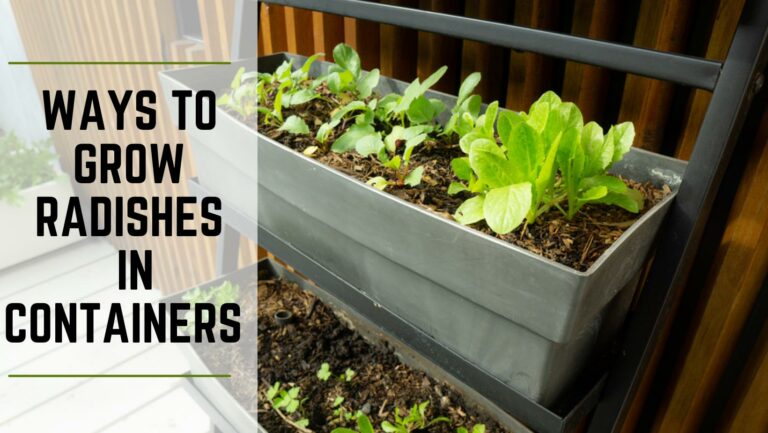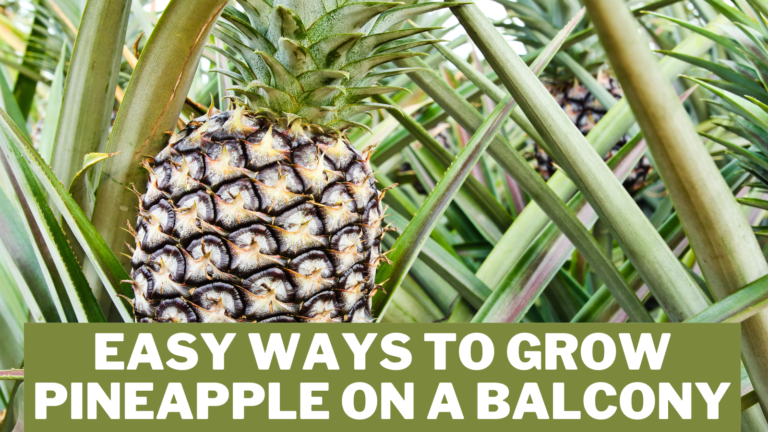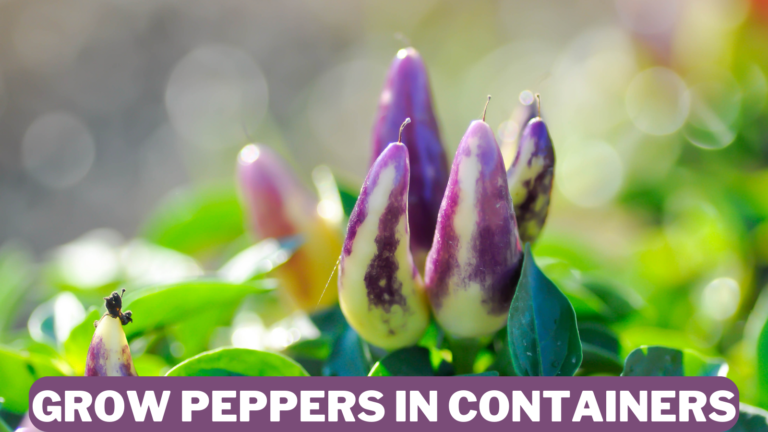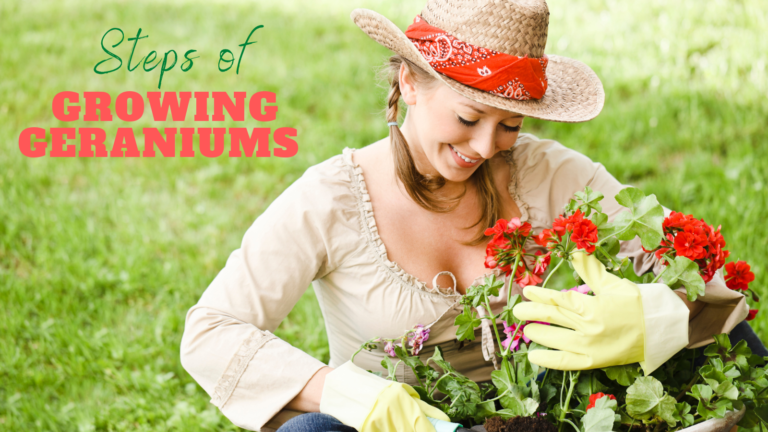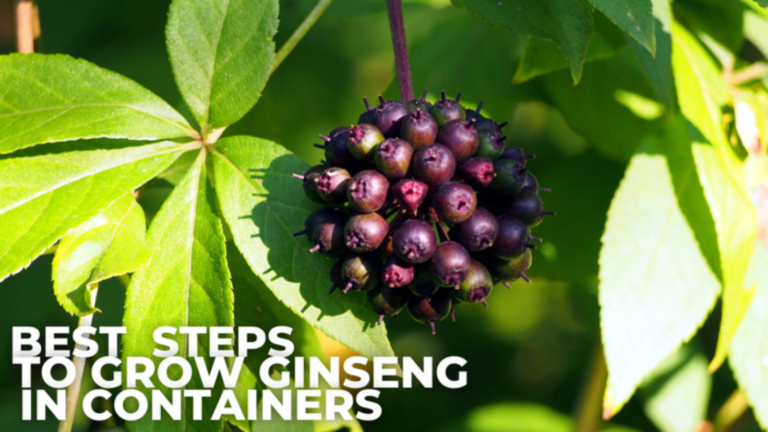10 Steps To Growing Banana Trees In Containers
10 Steps To Growing Banana Trees In Containers
If you enjoy cultivating your fruit trees, you'll enjoy growing your banana trees even more. With our easy-to-follow instructions, I'll show you how to cultivate banana trees in pots today.
You may plant banana trees in pots or containers if you don't have enough room or your yard doesn't have the correct soil.
Continue reading to learn how to grow banana trees in pots; you'll have your banana tree in no time!
You can cultivate your banana trees in pots or containers even if you don't live in a tropical area. However, if the banana tree is produced from seeds, it may take 3-5 years to yield bananas.
If you cultivate the usual kind, the banana tree can grow to be 10-15 meters tall, but if you grow the dwarf variety, it will only grow to be 4 meters tall.
Growing your banana tree in the tropics requires little care or maintenance. Plant your banana tree on the ground in a sunny location. After that, your banana tree won't require any attention.
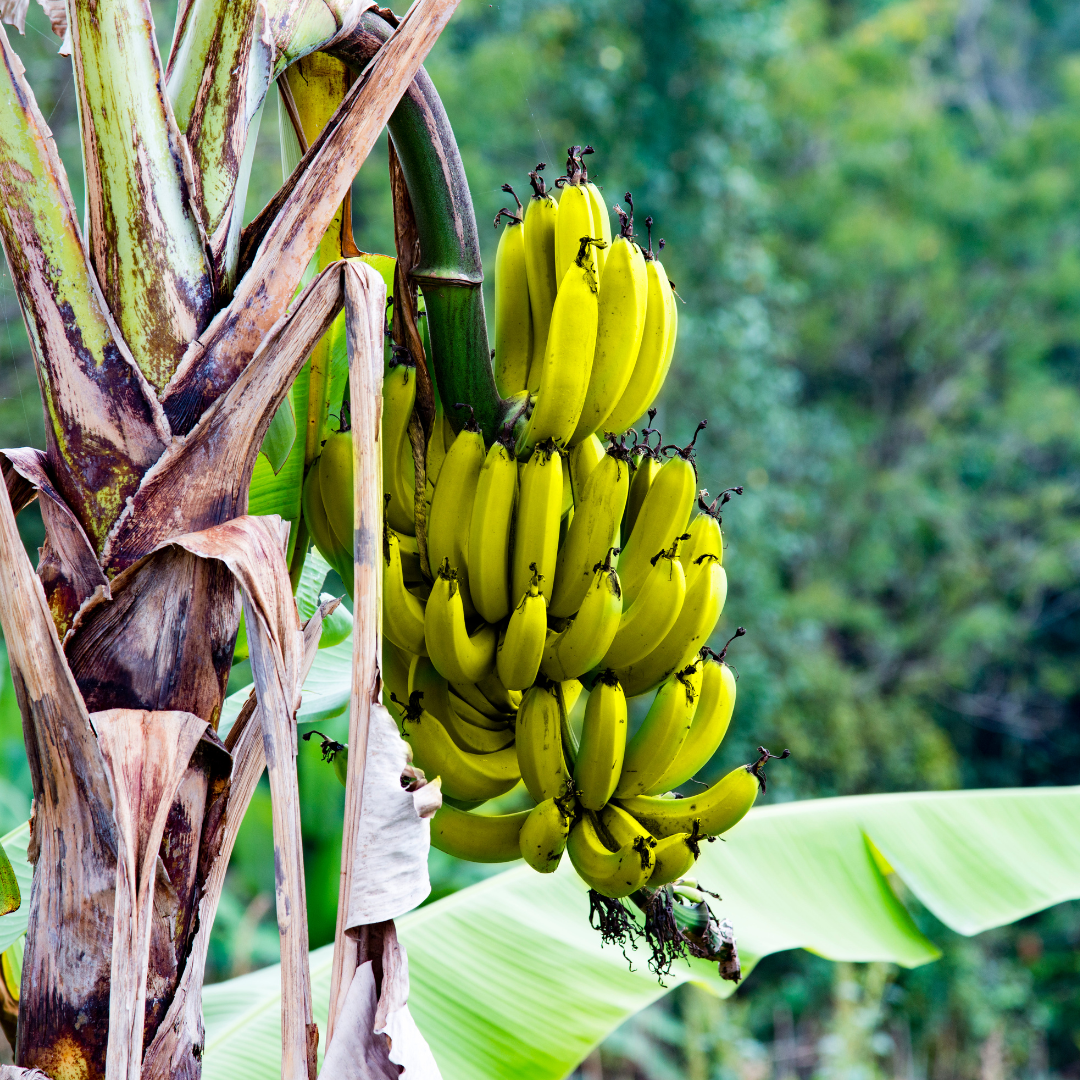
History & Origin Of Bananas
Bananas are said to have originated 10,000 years ago, and some scientists believe they were the first fruit on the planet.
The Malaya Peninsula, Indonesia, the Philippines, and New Guinea are regarded to be where the first bananas were planted.
Traders and travellers transported them to India, Africa, and Polynesia from here. Bananas have been mentioned in Buddhist scriptures since 600 BC when Indian traders travelling through Malaysia tasted the fruit and carried plants back.
When Alexander The Great and his army entered India in 327 BC, they came across a banana crop in the Indian Valleys. He brought this discovery to the Western world after sampling this strange fruit for the first time.
Bananas had reached China by 200 AD. According to Chinese historian Yang Fu, Bananas have only grown in China's southern region.
They were never particularly popular until the twentieth century due to their reputation as a bizarre and exotic extraterrestrial fruit.
The bananas we eat today are significantly superior to the original wild fruit, which had a lot of huge, hard seeds and not a lot of pleasant pulp.
Around 650 AD, the first bananas as we know them were formed in Africa. Musa Acuminata and Musa Baalbisiana, two wild banana cultivars, were crossed. Some bananas became seedless and more like the bananas we eat today due to this process.

Benefits Of Eating Bananas
Bananas are one of the healthiest, most convenient, and tastiest fruits available and one of the most affordable. As a result, they're a wonderful alternative for anyone who wants to eat healthily.
One regular-sized banana (126 grams) also boasts:
- Calories: 112
- Fibre: 3 grams
- Protein: 1 gram
- Carbs: 29 grams
- Vitamin C: 12% of the Daily Value (DV)
- Riboflavin: 7% of the DV
- Folate: 6% of the DV
- Copper: 11% of the DV
- Niacin: 5% of the DV
- Magnesium: 8% of the DV
- Potassium: 10% of the DV
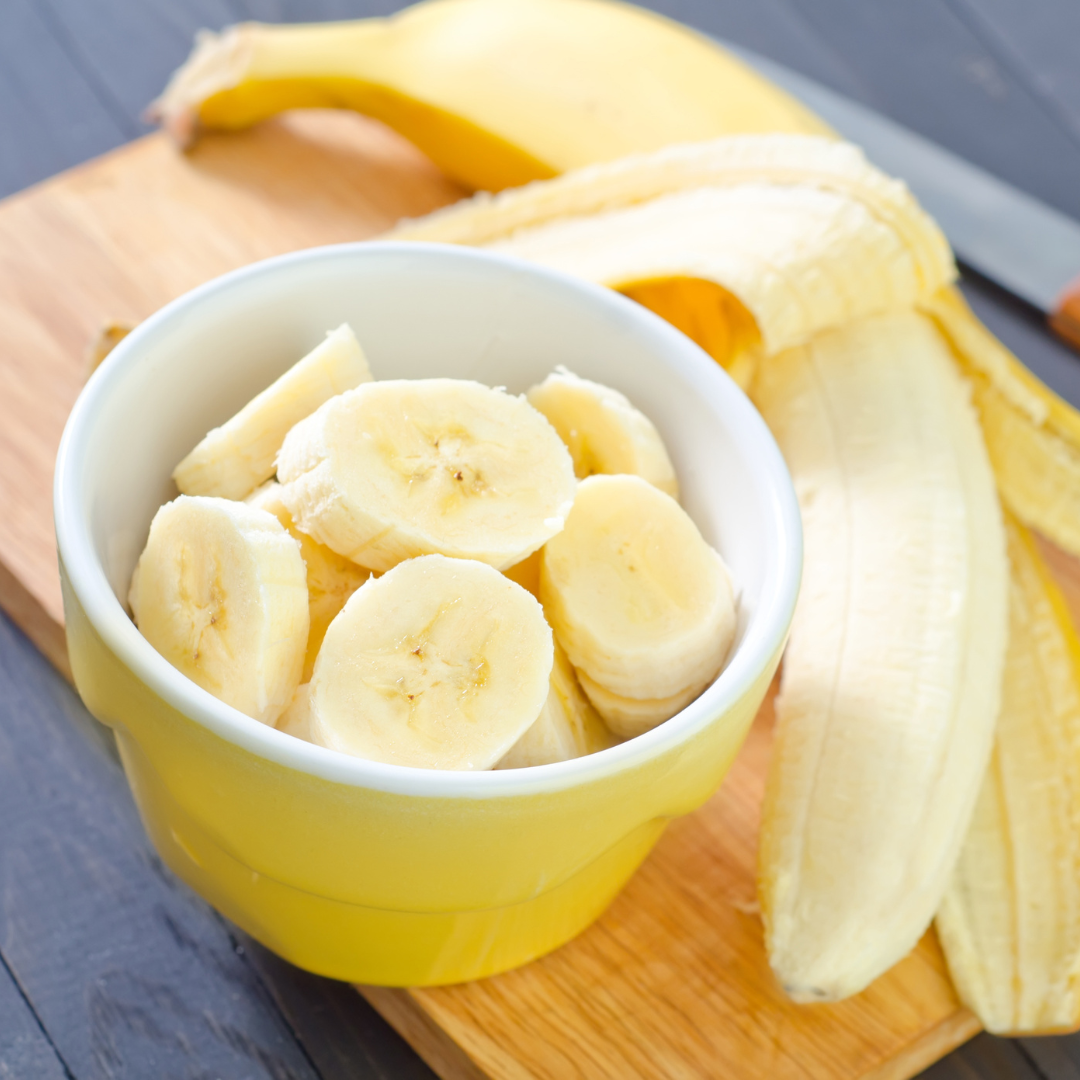
1. Blood Sugar Levels Are Improved
Soluble fiber is abundant in bananas. During digestion, soluble fiber dissolves in liquids and produces a gel. It's also responsible for the sponge-like texture of bananas. Unripe bananas also contain resistant starch, which your body cannot digest.
These two forms of fiber, when combined, may help to keep blood sugar levels in check after meals. Additionally, slowing the emptying of your stomach may aid in appetite control.
This indicates that bananas will not cause significant blood sugar rises in healthy people despite their increased carbohydrate content.
While people with diabetes can eat bananas, consuming a large amount in one sitting is not recommended.
2. Improved Heart Health
Bananas are high in fiber, potassium, folate, and antioxidants like vitamin C. They're all good for your heart's wellness.
According to a 2017 study, people who eat a high-fibre diet have a lower risk of cardiovascular disease than those who follow a low-fibre diet.
Low-density lipoprotein (LDL), or “bad” cholesterol, was also lower in those who consumed more fiber.
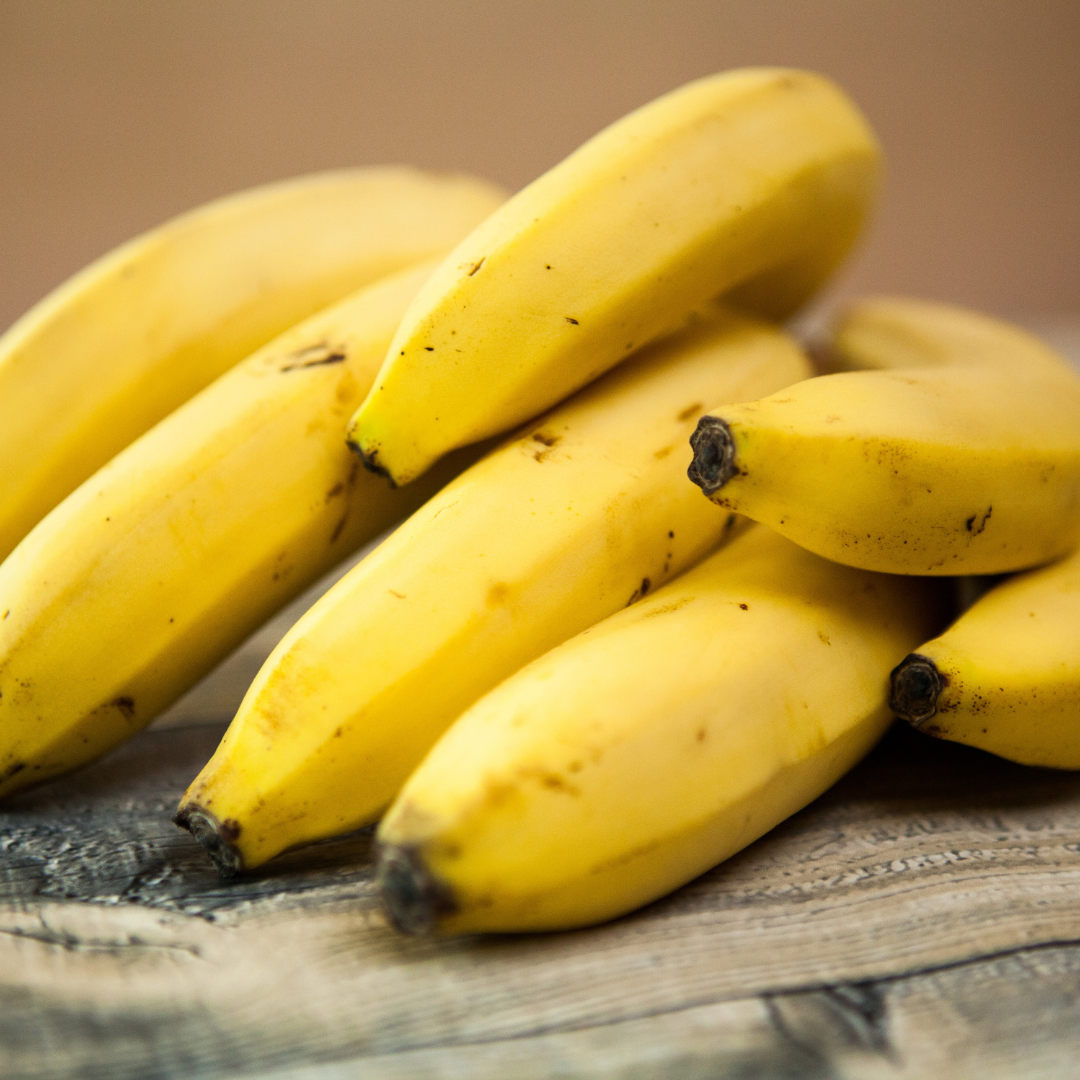
3. Asthma
According to a 2007 study, eating bananas may help youngsters with asthma avoid wheezing. The antioxidant and potassium levels of bananas could be one cause of this. More research is needed, however, to corroborate these conclusions.
4. Maintain Bone Health
Bananas are high in nutrients that help to maintain bone density. Potassium, magnesium, vitamin B, and vitamin C are all incredibly beneficial to bone health. Bananas also have a high fructooligosaccharide content (FOS).
Fructooligosaccharide is a prebiotic that aids in producing digestive enzymes and vitamins by probiotic bacteria.
These vitamins and digestive enzymes aid in absorbing nutrients, particularly calcium, one of the most vital minerals for strong bones.

5. Help To Maintain A Healthy Digestive System
Bananas can aid in the digestion of indigestion. Because they include a cluster of fructose molecules that lead to enhanced gastrointestinal health, they're an excellent source of prebiotics and nondigestible carbohydrates that act as food for beneficial gut bacteria (probiotics) and promote digestion.
6. Control Blood Pressure
The American Heart Association (AHA) recommends that people reduce their sodium intake and increase their intake of potassium-rich foods.
Potassium can assist in the control of blood pressure and the reduction of stress on the cardiovascular system.
According to the nutritional information of the following sources, a medium banana offers over 9% of a person's daily potassium needs.
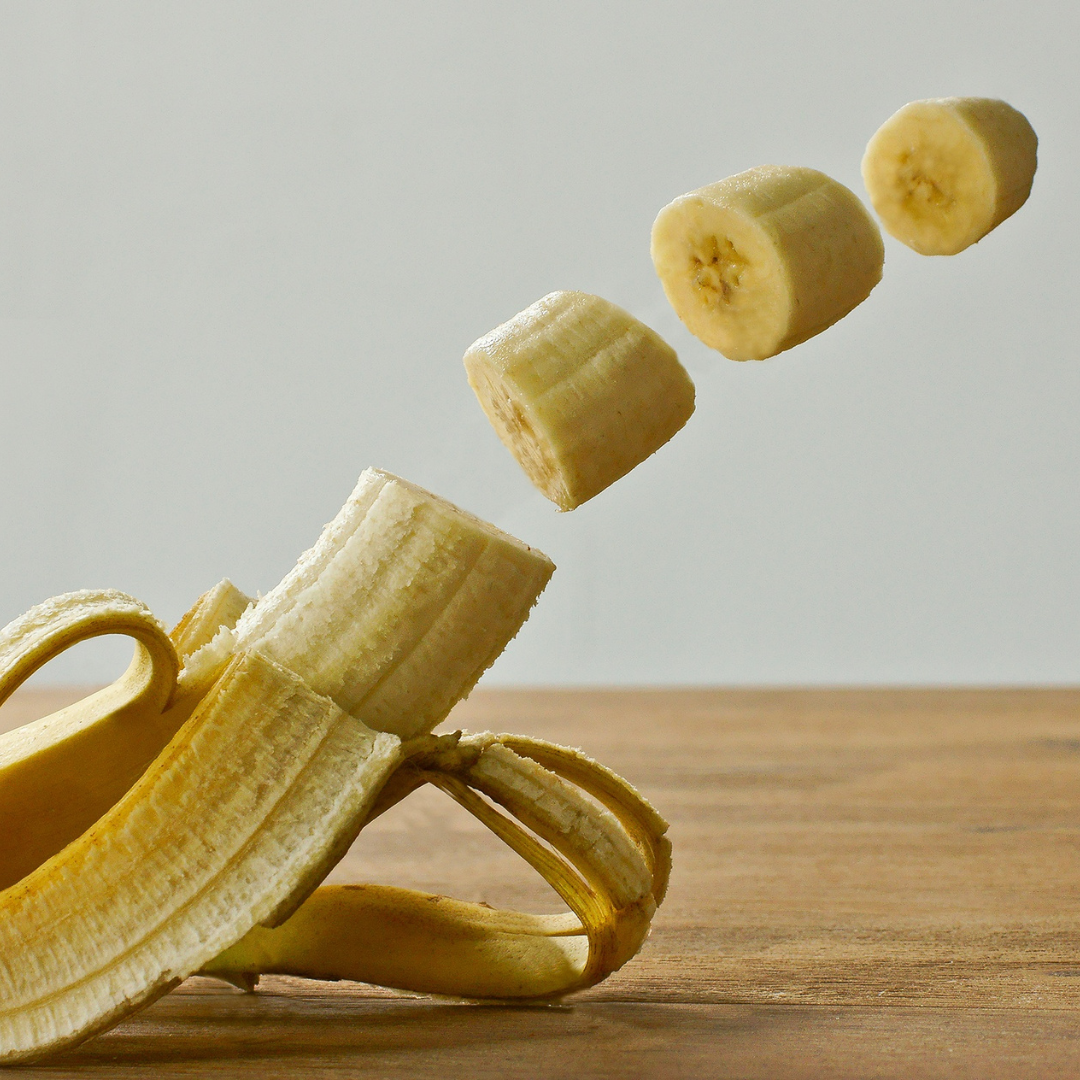
7. Improves Kidney Health
Potassium is required for appropriate kidney function as well as blood pressure management. Bananas, which are strong in potassium, may be particularly helpful in keeping your kidneys healthy.
Potassium was linked to lower blood pressure and a slower course of renal disease in research involving over 5,000 participants with early-stage chronic kidney disease.
8. Memory Preservation And Mood Enhancement
Tryptophan is an amino acid found in bananas that may help to protect memory, increase learning and memory, and regulate mood.
Information From Trusted Sources:
- PubMed Central (National Institutes of Health Database)
- FoodData Central (Highly respected food and nutrition database from the United States Department of Agriculture) Governmental authority
- National Institutes of Health Office of Dietary Supplements (Governmental authority)
10 Steps Of Growing Banana Tree In Containers
Step 1: Select The Right Variety
About 1,000 different types of bananas globally are grouped into 50 different groupings. If you want to grow bananas in a pot, you'll need a dwarf type, especially if you want to bring them inside before the first frost.
Dwarf banana types are distinct in that they taste so much better than conventional shop bananas. Banana trees in dwarf forms can reach heights of 2 to 4 meters.
- Dwarf Red
- Dwarf Cavendish
- Dwarf Brazilian
- Dwarf Jamaican
- Rajapuri
- Williams Hybrid
- Gran Nain
- Dwarf ‘Lady Finger'
are the best dwarf types to grow in pots or indoors.
Try
- Ensete ventricosum,
- Musa sikkimensis ‘Red Tiger,' or
- Musa ornata
if you want to plant decorative bananas.
Step 2: Choose A Large Pot
Start your tree in a drainage-holed 6-inch (15 cm) or 8-inch (20 cm) pot. Never put your banana tree in a container that doesn't drain well.
Ensure the pot is deep enough for the banana tree roots to grow. Decide how much you want to spend on the pot and choose a ceramic, plastic, metal, or wood pot.
You can move your tree to a larger container whenever it outgrows the original one. Increase the size of your pot by 10-15 cm (4-6 inches) every two to three years until the tree is grown enough for a 30 cm (10 inches) container.
Step 3: Prepare The Soil
When purchasing potting soil for your banana plant, use a high-quality product. Bananas require sandy soil that is well-drained and rich with organic materials and compost.
You can make your potting mix, but add sand, perlite, compost, or manure. Bananas require soil with a pH of 6-7. Sulphur should be added to alkaline soil to lower the pH.
Step 4: Planting Banana Tree
Using lukewarm water, rinse the banana corm thoroughly. It's critical to rinse the banana corm thoroughly to eliminate any bugs before planting it. Rinsing the corm also aids in the removal of any bacterial or fungal growth.
For the banana corm, make a small hole. Fill your pot with the gardening soil you bought at the store.
Dig a three-inch (7.62 cm) deep hole in the center of your pot with a spade. To fit the size of your corm, you may need to dig a deeper hole.
Make sure there's enough room around the corm for it to grow deep into your container. Place your corm in the hole and make sure that the top 20% of the corm sticks out.
This part of your tree should be left exposed until new leaves appear. Fill in the spaces on the side of the corm with soil once it has been planted.
Step 5: Sun Light
Banana trees thrive in tropical and subtropical climates. Thus, they prefer full sun, heat, and humidity.
If you're developing a banana tree, ensure it gets plenty of sunlight throughout the day yet is protected from the wind.
Step 6: Watering
Bananas should be watered at least once a week but every two days if exposed to a lot of direct sunshine and the room temperature is high.
Check the moisture level about 1 inch below the soil's surface before each watering; if it is dry, it is time to water. Mulch aids in the retention of moisture in the ground.
Step 7: Humidity
The banana plant prefers humidity levels of over 50%. Mist the plant and place it on a layer of pebbles in a tray filled with water to enhance the humidity level around it.
Step 8: Fertilizer
Banana is a fast-growing plant that requires a lot of food to reach its full potential. Fertilize the young plant with nitrogen-rich fertilizer once it has established itself.
This will help it develop faster. Fertilize your banana tree in a pot using 15:5:30 fertilizer regularly after it is mature enough to yield fruit.
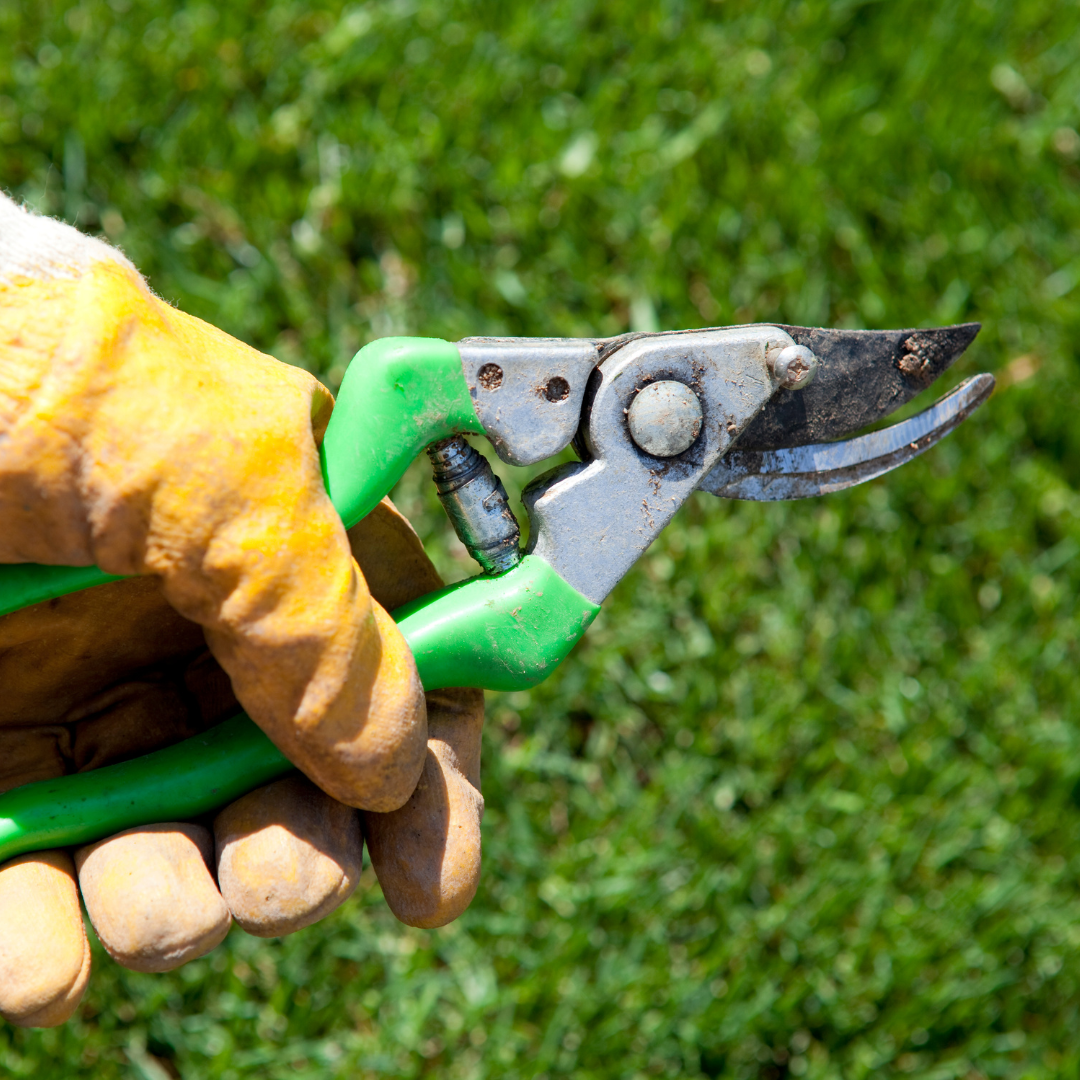
Step 9: Your Tree Should Be Pruned
Your banana tree must be pruned after 6-8 weeks of steady, healthy development. Suckers will begin to form on your banana tree as it grows. You aim to eliminate all but one of your banana tree's suckers.
Choose the healthiest and largest sucker from your plant and snip off the remainder of the suckers from the corm with gardening shears.
Your tree must be pruned again once it begins to bear fruit. Cut the tree to 2.5 feet (0.76 meters) from the ground after collecting the fruit without injuring the main sucker. After you prune the tree, it will produce more fruit.
Suckers will resemble shoots that emerge from the corm and bear leaves. Replanting the additional suckers will result in the growth of a new banana tree, but you must keep some of the banana corm's roots.
Step 10: Change Container
When your banana tree outgrows its container, move it. Before your tree becomes root-bound, transplant it to a larger container. When your tree finishes growing vertically, it's time to move it to a larger container.
Slide the tree out of the container by laying it on its side. Fill your new pot with soil, then place the tree in the larger pot before filling the rest with soil.
When transplanting your tree, be careful not to injure the roots. If your tree isn't coming out, you might need to tap on the container's sides and bottom.
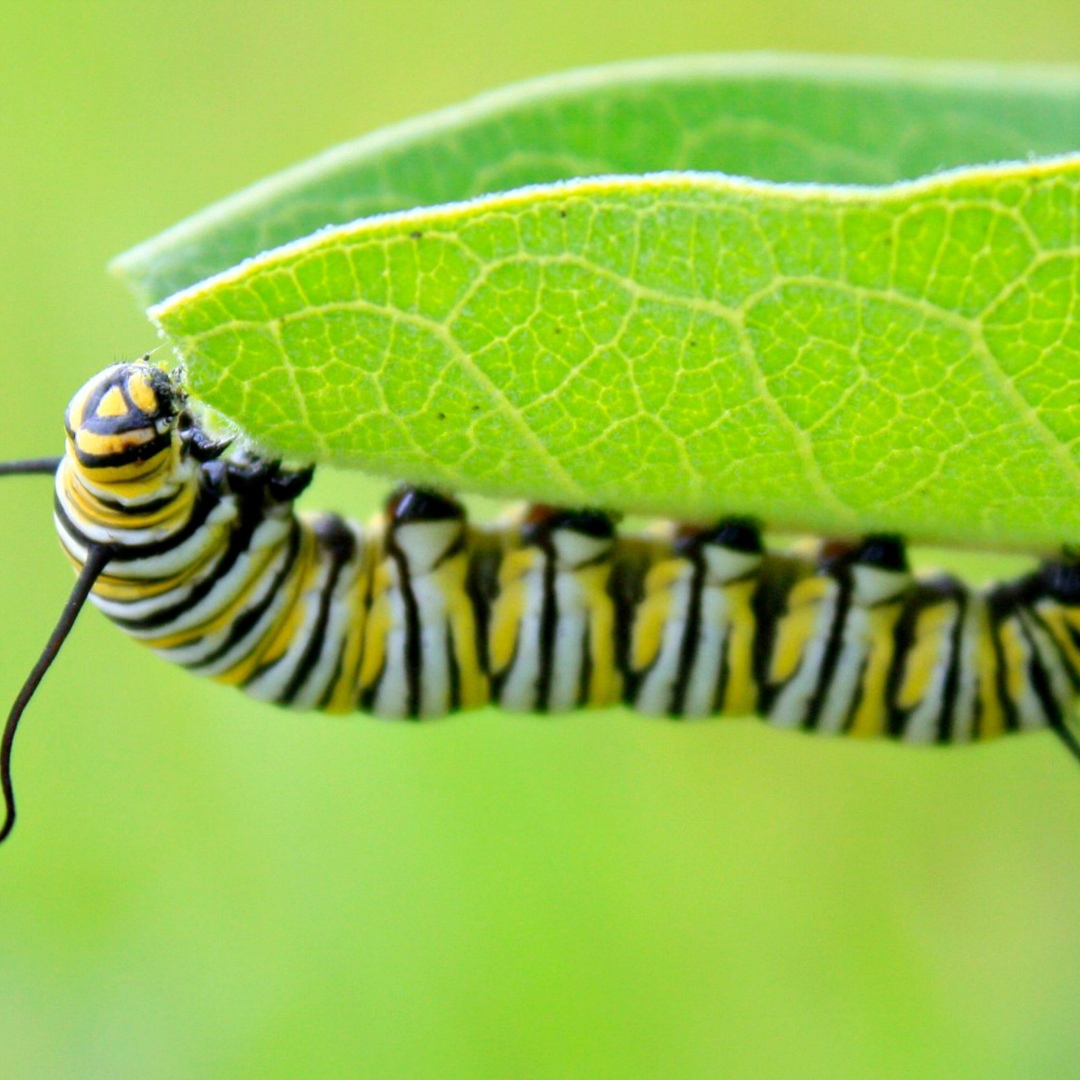
Pests & Diseases Of Bananas
Banana tree owners must know about the numerous pests and illnesses that might affect their trees. The following are examples of pests:
1. Black Weevils
If the plant is oozing a jelly-like sap, you may have black weevils, which can be controlled using pesticides.
2. Nematodes
This is the most prevalent insect on banana trees, and it rots both the plant and the fruit.
3. Aphids
Curled and these pests cause shrivelled leaves and can also transmit illnesses that harm any fruit produced.
4. Insects That Feed On Sap
Banana trees are also prone to mealybugs and red spider mites.
5. Scarring Beetle
This insect infests fruit bunches and can be avoided by removing all grasses growing around the plant. This will starve the scarring beetles.
Banana Recipe Ideas
1. Banana Bread
Prep time: 20 minutes | Cook time: 55 minutes Total time: 1¼ hours | Servings: 12
Ingredients
- Coconut flour: 1 cup
- Wholemeal spelt flour: 1¼ cups
- Baking powder: ½ teaspoon
- Desiccated coconut: ½ cup
- Ground cinnamon: 1 teaspoon
- Coconut or rapadura sugar: ⅓ cup
- Large bananas: 3, 1 extra, for decoration
- Eggs: 3 (Note: If you are vegan, substitute the eggs with 3 tablespoons of Chia seeds and mix them with 9 tablespoons of water, letting them stand for 10 minutes before using.)
- Olive oil: ⅓ cup
- Oat, soy or rice milk: ⅔ cup (I use coconut milk)
- Maple syrup: 1 tablespoon
Method
- Preheat the oven to 180° Fahrenheit/160° Fahrenheit with the fan on. Use non-stick baking paper to grease and line a 7.5cm deep, 22.5 x 8.5cm (base measurement) loaf pan, allowing the long sides to overhang.
- Combine the flour, baking powder, coconut, cinnamon, and sugar in a large mixing bowl. Create a well in the middle. Stir in the banana, eggs, oil, and milk until everything is well combined.
- Fill the prepared pan halfway with the mixture. The surface is smooth. Slice the remaining banana very thinly. Cover the entire surface of the bread with banana slices, overlapping each other.
- Preheat the oven to 350°F and bake for 45-55 minutes, or until a skewer inserted in the center comes out clean. If preferred, sprinkle with maple syrup before serving.
Nutritional Information
Per serving
- Calories: 227
- Energy: 951 KJ
- Fat: 10 g
- Saturates: 3 g
- Fibre: 3.5g
- Protein: 5g
- Carbs: 27g
2. Coconut-Banana Smoothie Recipe
Total time: 5 minutes | Servings: Servings: 2
Ingredients
- Plain Greek yogurt: 5.3 ounces (Note: Vegans can use unsweetened coconut milk as a substitute)
- Banana: 1 small peeled, sliced and frozen
- Ice: 1⁄2 cup
- Refrigerated unsweetened coconut milk: 1⁄2 cup
- Unsweetened cocoa powder: 1 tablespoon
- Honey: 1 tablespoon (Note: vegans can use Maple Syrup instead)
- Vanilla extract: 1⁄2 teaspoon
- Unsweetened flaked coconut: 1 tablespoon, toasted
- Finely chopped dark chocolate: 1 tablespoon
Method
- Combine the first seven ingredients in a blender (through vanilla). Blend until smooth, and covered.
- Top with toasted coconut and dark chocolate, and serve in tall glasses.
Nutritional Information
- Calories: 183
- Fat: 6 g
- Sodium: 37 mg
- Sugar: 19 g
- Protein: 9 g
- Fibre: 3 g
3. Banana-Nutella Crepe
Ingredients
Butter for the crepes (plant-based butter for vegans)
- Nutella: 1⁄4 cup
- Bananas: 2, peeled and sliced
- Confectioners' sugar
Ingredients For The Crepe Batter
- Low-fat or plant-based milk: 6 Tbsp
- Flour: ½ cup
- Large egg: 1 (Vegan substitute: mix 1 tablespoon of chia seeds with 3 tablespoons of water and let stand for 10 minutes)
- Water: ¼ cup
- Melted butter: 1 tablespoon (Vegan substitute: plant-based butter or coconut oil)
- Pinch of salt
Method
- Over medium heat, heat a 10″ nonstick pan. Add enough butter to moisten the pan, then 2 tablespoons of crepe batter, and swirl the pan to coat it in a thin, equal layer of batter.
- Cook for 3 to 4 minutes on the first side or until the bottom is a deep golden brown. Flip the crepe and spread a spoonful of Nutella down the center, then top with a quarter of the banana slices.
- Cook for 3 to 4 minutes or until the bottom is golden brown.
- Place the crepe on a dish and fold the sides over the filling.
- Garnish with a few banana slices and a dusting of confectioners' sugar if desired.
- Make three more crepes by repeating the process.
Nutritional Information
- Calories: 260
- Fat: 12 g
- Sugar: 18 g
4. Vegan Banana Recipes For Your Kids
Conclusion
Cold-tolerant bananas create a tropical impression in the temperate landscape with their strong foliage, exotic flowers, and bright fruit. Grow this lovely tropical plant in your garden to make your neighbours envy your bananas.
To cultivate banana trees in a temperate environment, you must be patient because they don't start growing until late spring. You'll always be a Banana-fana fo-fana (song) if you go bananas.
I trust you enjoyed this article on 10 Steps To Growing Banana Trees In Containers. Please stay tuned for more blog posts to come shortly. Take care!
JeannetteZ
>>>Please click here to read my all-inclusive article about Container Gardening<<<
Are you interested in homegrown herbs and medicine? Please click here to find out more about it!
Your Opinion Is Important To Me
Thoughts? Ideas? Questions? I would love to hear from you. Please leave me your questions, experience, and remarks about this article on 10 Steps To Growing Banana Trees In Containers in the comments section below. You can also reach me by email at Jeannette@Close-To-Nature.org.
Disclosure
This post may contain affiliate links. I earn from qualifying purchases as an Amazon Associate and other affiliate programs. Please read my full affiliate disclosure.
You might also enjoy these blog posts:
9 Steps To Growing Swiss Chard In Containers
Simple Guide To Growing Watermelon In Containers
Growing Strawberries In Hanging Containers
Best Gardening Lessons To Learn
Simple Ways To Grow Radishes In Containers













